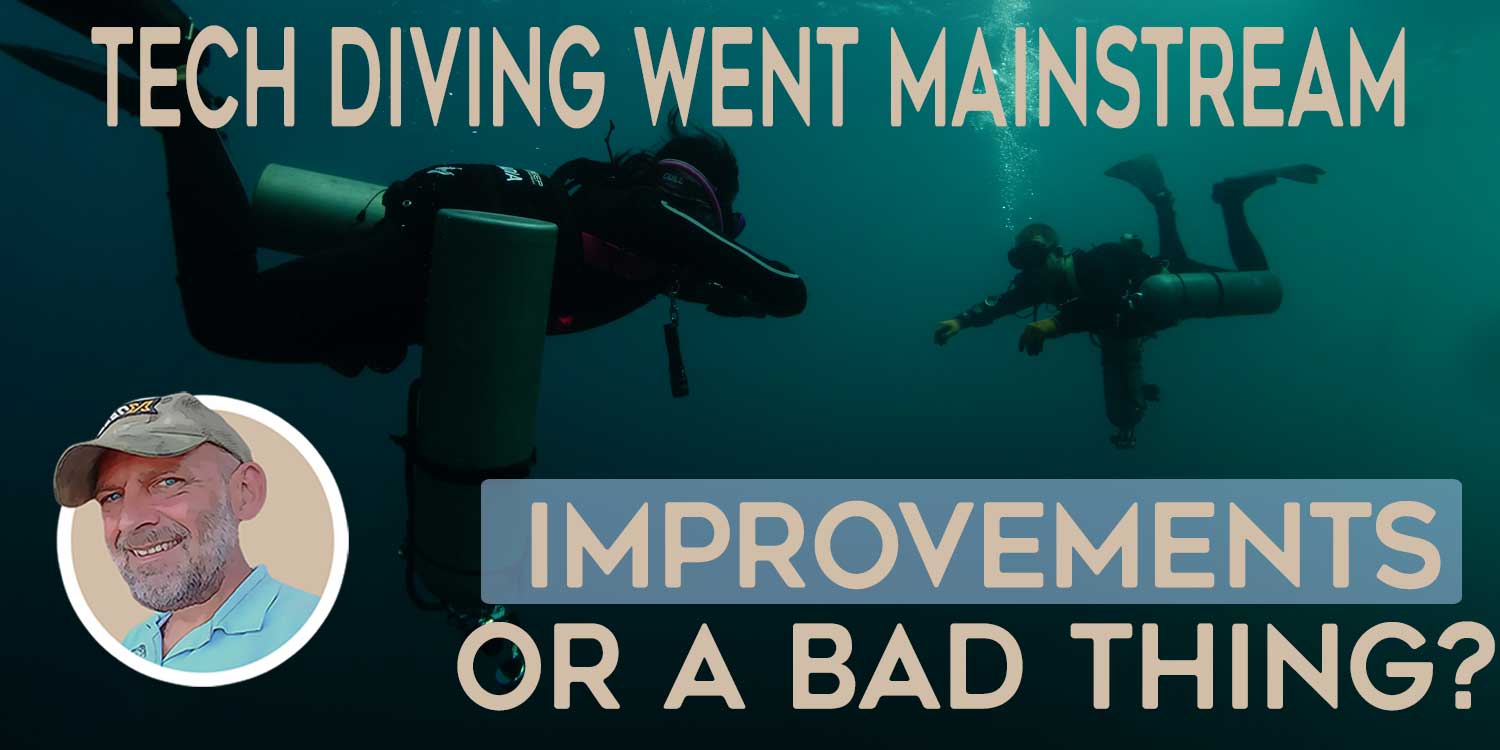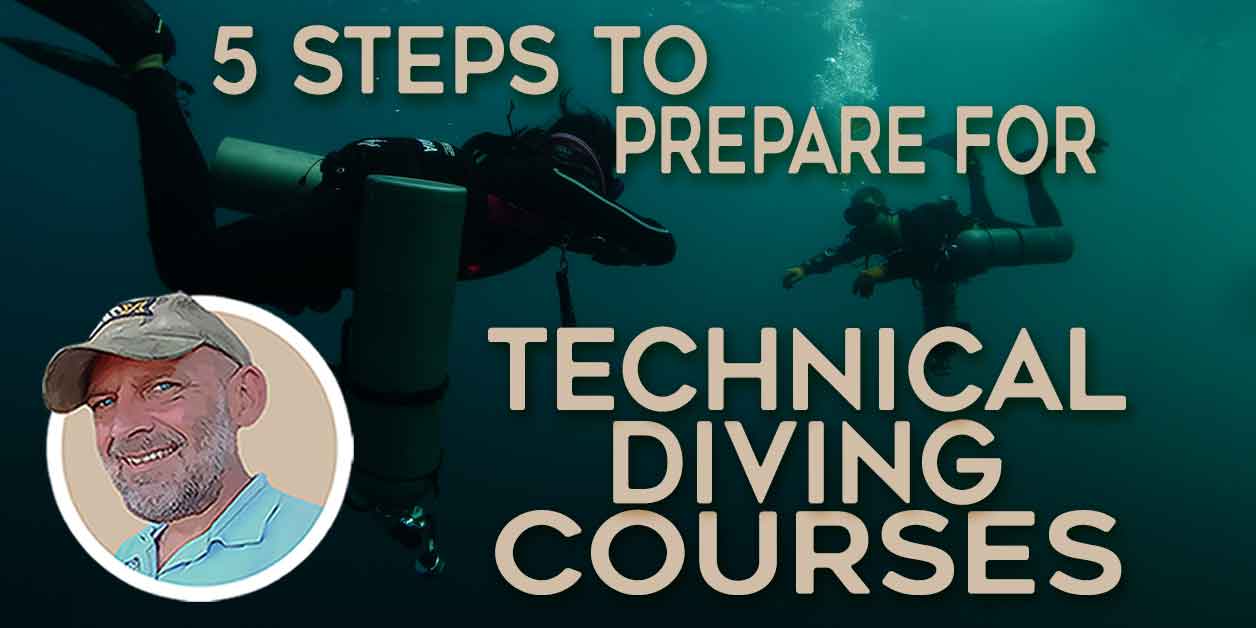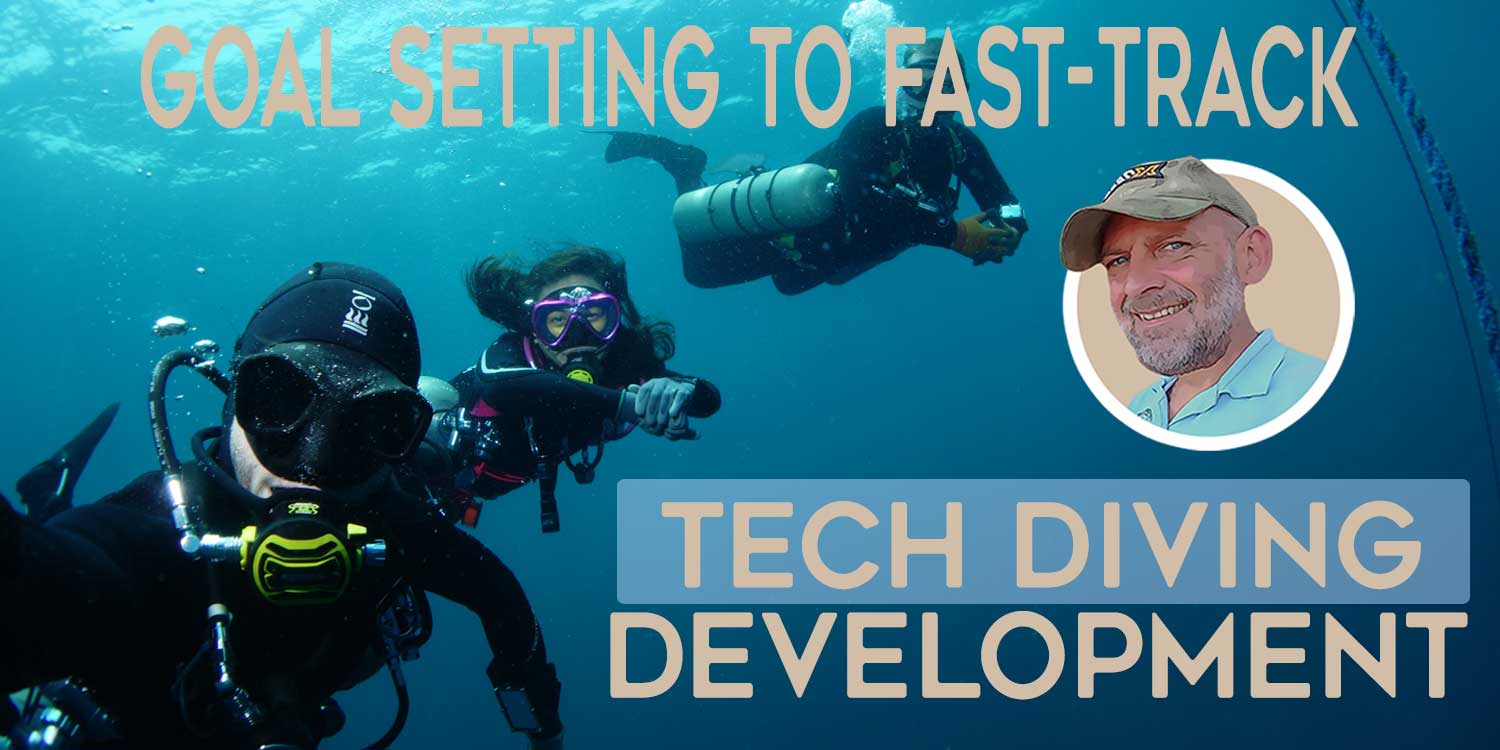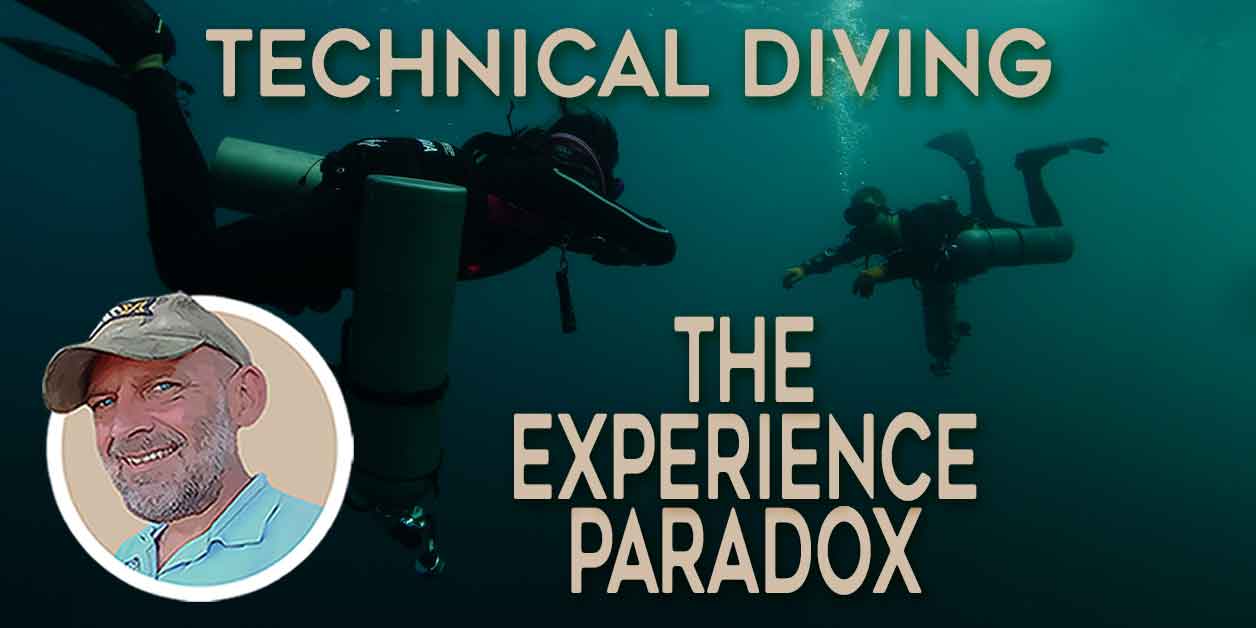What are the Risks of Technical Diving?
Technical diving is a specialized form of scuba diving that goes beyond the limits of recreational diving. It involves deeper dives, longer bottom times, and different equipment and techniques. While it can be an exhilarating experience, there are also higher risks in technical diving, and that requires a higher level of skill and training. In this article, I will explore the dangers of technical diving and what you can do to minimize them.
What is Technical Diving?
Technical diving is a type of diving that goes beyond the normal limits of recreational diving. It involves:
- Diving to depths beyond 40 meters / 130 feet
- Using specialized equipment and techniques
- Multiple gas mixtures
- Mandatory decompression stops.
Technical diving also requires a much higher level of training, skill, and experience. Additionally, it demands a higher level of commitment and responsibility.
What are the Risks of Technical Diving?
Technical diving is considered to be a more dangerous form of diving. This is due to the deeper depths, longer bottom times, and increased risk of decompression sickness. Some of the other risks associated with technical diving include:
- Hypoxia: Hypoxia occurs when the body does not receive enough oxygen. This can be a risk as divers use gas mixtures, and the risk of oxygen toxicity increases at deeper depths.
- Hyperoxia: Hyperoxia refers to a condition called CNS Oxygen Toxicity. This is where the oxygen partial pressure in a diver’s breathing gas exceeds normal atmospheric levels, typically above 1.4 bar. In technical diving, hyperoxia can be encountered when diving with gases that have high oxygen concentrations. For instance, pure oxygen or nitrox mixtures with elevated oxygen fractions. Hyperoxia can result in convulsions and drowning.
- Inert-Gas Narcosis: This condition occurs when the partial pressure of biologically inert gas reduces cognitive performance in the brain. In turn, this causes sedative-like effects. As a result, there is reduced situational awareness, confusion, disorientation, reduced self-awareness, diminished sense of risk, and impaired judgment.
- Decompression Sickness (DCS): Decompression sickness occurs when dissolved nitrogen in the body forms bubbles during rapid ascents. This can cause pain, paralysis, and in severe cases, death.
- High-Pressure Nervous Syndrome: Rapid descent to extreme depths degrades central nervous system function; leading to increasing severe tremors.
- Compression Althralgia: Rapid descent to extreme depths causes joint fluids to crystalize. This leads to extreme pain and reduced mobility when moving limbs, hands, and fingers.
- Equipment Failure: Technical diving requires the use of specialized equipment, and any failure of this equipment can have serious consequences. Equipment failure can mean the tech diver is unable to ascend to the surface. As a result, they may deplete their breathing gas supply, or be unable to complete their planned decompression ascent profile.
Risk Mitigation in Technical Diving
Technical diving training and mindset aim to mitigate the foreseeable risks in technical diving through:
- More advanced training,
- Suitable equipment
- Increased diver proficiency
- A higher level of knowledge
- The development of a risk-averse, cautious, mindset.
In short, the technical diver is exposed to a greater variety, frequency, and consequence of risks. However, they maintain an otherwise very high degree of safety by having anticipated and effectively prepared to deal with these risks of technical diving.
If a diver isn’t applying all of the considerations mentioned above, then they aren’t actually technical diving. They would be diving imprudently – unaware or unaware of increased risks. That would be a very dangerous thing.
In conclusion, being a technical diver can be an exciting and rewarding experience, but it also comes with increased risks in technical diving. By getting proper training, using appropriate equipment, planning tech dives carefully, diving within proficiency limits, and diving as part of a competent team, technical divers can mitigate the foreseeable risks and ensure a safe and enjoyable diving experience.
About The Author

Andy Davis is a RAID, PADI TecRec, ANDI, BSAC, and SSI-qualified independent technical diving instructor who specializes in teaching sidemount, trimix, and advanced wreck diving courses.
Currently residing in Subic Bay, Philippines; he has amassed more than 10,000 open-circuit and CCR dives over three decades of challenging diving across the globe.
Andy has published numerous diving magazine articles and designed advanced certification courses for several dive training agencies, He regularly tests and reviews new dive gear for scuba equipment manufacturers. Andy is currently writing a series of advanced diving books and creating a range of tech diving clothing and accessories.
Prior to becoming a professional technical diving educator in 2006, Andy was a commissioned officer in the Royal Air Force and has served in Iraq, Afghanistan, Belize, and Cyprus.
In 2023, Andy was named in the “Who’s Who of Sidemount” list by GUE InDepth Magazine.
Purchase my exclusive diving ebooks!
Technical diving risks FAQ
High-Pressure Nervous Syndrome is caused by a rapid descent to extreme depths. The central nervous system function is degraded; leading to increasing severe tremors.
Compression Althralgia is caused by a rapid descent to extreme depths. Joint fluids crystalize, leading to extreme pain & reduced mobility when moving limbs, hands, & fingers.
Technical diving has increased risks, but advanced training, sophisticated protocols, appropriate equipment, &a risk-averse mindset can effectively mitigate those risks.
Risk mitigation in technical diving utilizes a combination the effective training, appropriate equipment, advanced knowledge, & a risk-averse mindset to address & nullify foreseeable risk factors.
Originally posted 2019-02-22 12:37:49.















